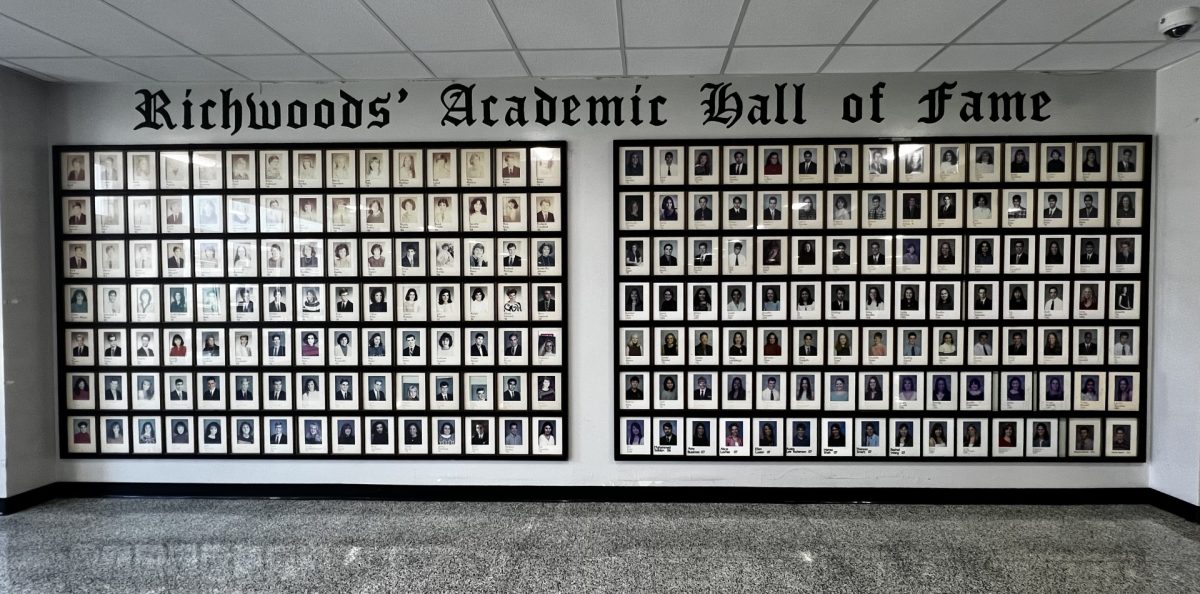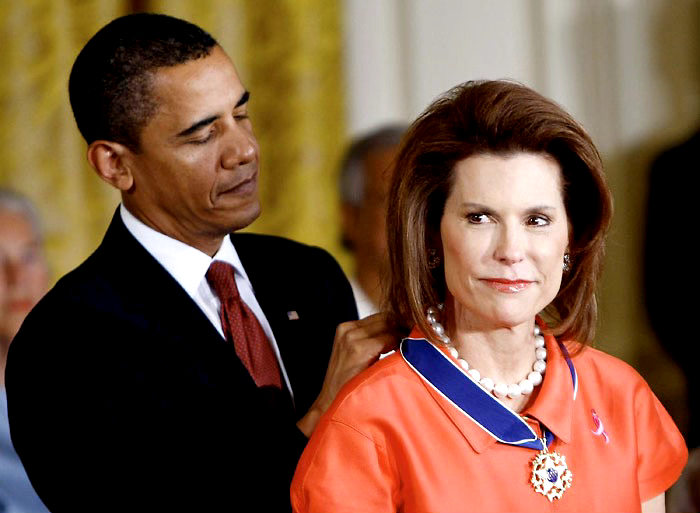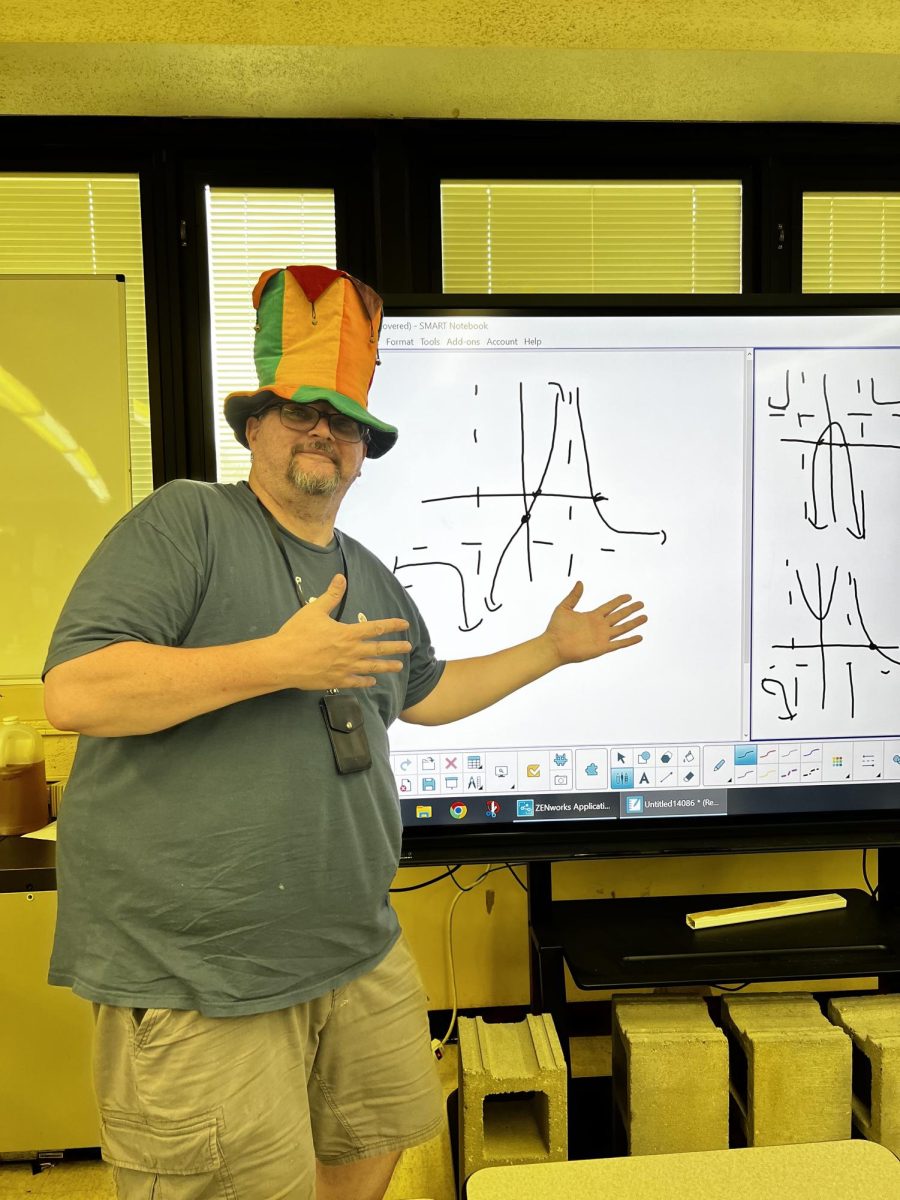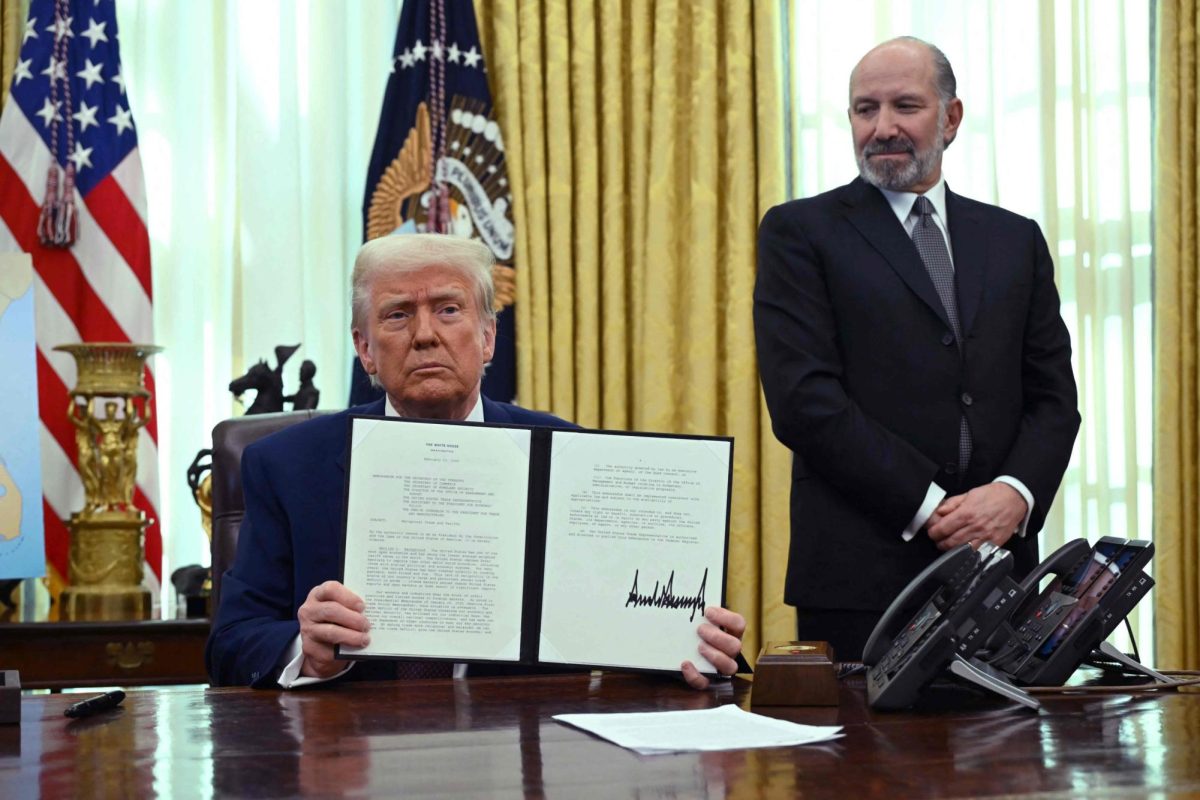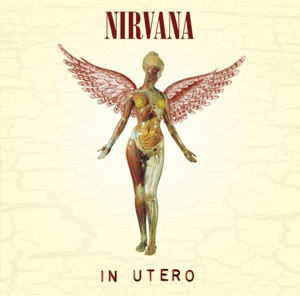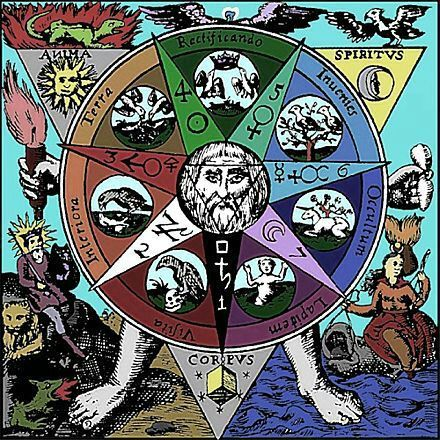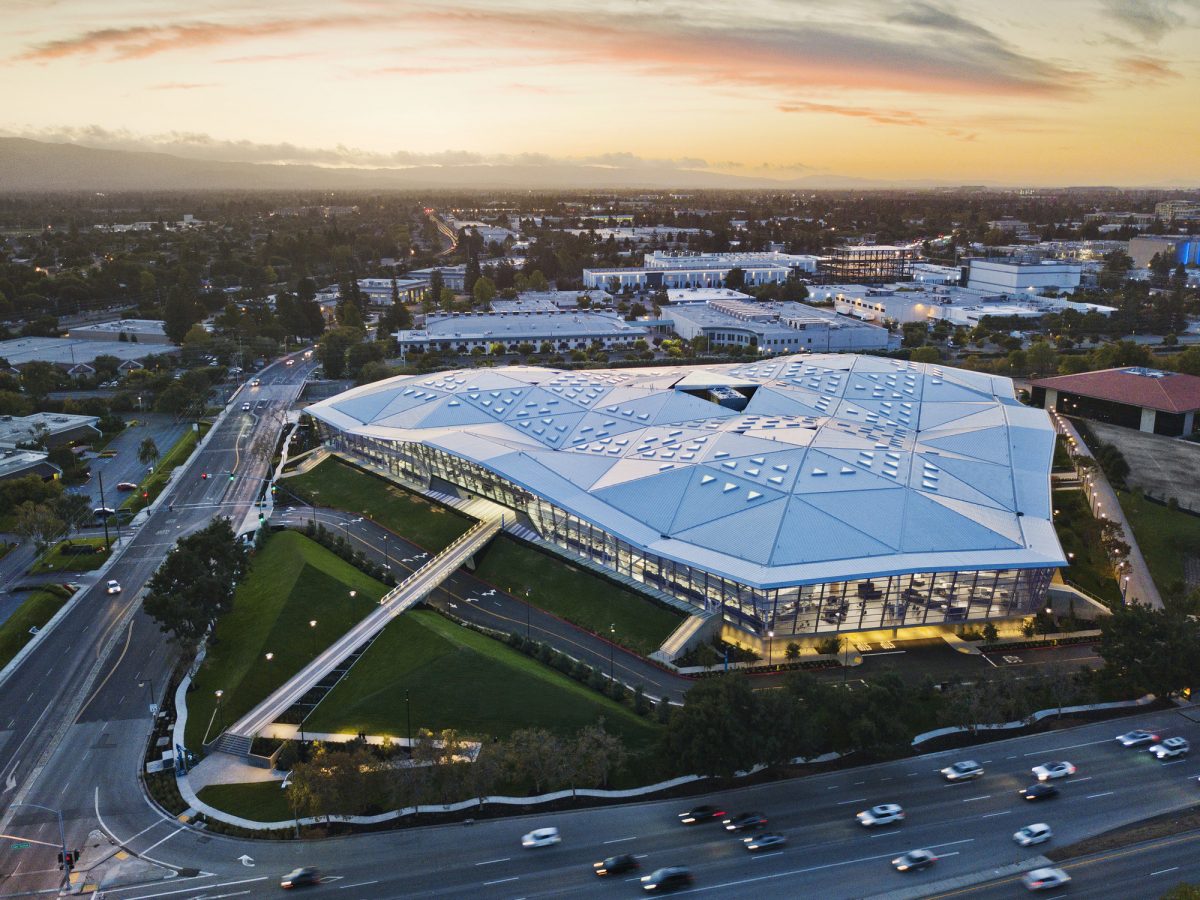Nvidia was founded in April 1993 to produce Graphics Processing Units or GPUs. In recent years, however, Nvidia’s market cap has increased from 10 billion dollars ten years ago to 3.24 trillion dollars. That is a remarkable 324 times higher in 10 years. This caliber of market cap increase is rarely seen, and we wanted to explore why.
Nvidia was founded to produce GPUs, a novel invention at the time. Previously, CPUs or central processing units handled graphics such as the user interface. However, they were highly inefficient, and therefore, GPUs were invented. As we entered the 21st century, the graphical interface became increasingly important, thus increasing revenues and earnings for Nvidia. However, they also found a new market in gaming. Since graphics rendering was a central part of video gaming, the need for GPUs increased. This pattern repeated itself, this time in the field of crypto mining.
The newest field in Nvidia is finding success in AI. This may seem unrelated to graphics processing; however, these two fields are similar. CPUs work with sequential processing, which enables them to be very capable of performing a variety of tasks. GPUs, however, are much more specialized and work on parallel processing. This allows it to run many basic tasks, such as loading pixels on a screen. Artificial Intelligence training requires extensive processing capabilities, but it is very repetitive, allowing GPUs to be used for training.
Nvidia’s GPUs were already very commonly used for training AI models, but it was catapulted by the release of Chat GPT by OpenAI. Chat GPT was released in November of 2022 and quickly gained popularity, garnering one million users just five days after launch. Quickly, many companies began to compete, creating similar chatbots. These companies included legacy players such as Microsoft, Google, and Meta and new players such as Anthropic, Perplexity, and xAI. These companies began buying Nvidia GPUs, exponentially increasing their revenue and profits. One significant order came from xAI, ordering approximately 100,000 GPUs from Nvidia. This is estimated to cost around $1 billion.
Nvidia’s market position is not just firm but strategically advantageous. With a high market share in AI chips, estimated to be over 70%, and a significant first-mover advantage, Nvidia’s chips are considered the most powerful and efficient on the market. However, the company’s biggest lead in the market is its bundling with the software CUDA, which gives it a substantial edge over competitors like AMD. This strategic advantage positions Nvidia for even more growth in the future, reinforcing its strong market position and potential for continued success.


